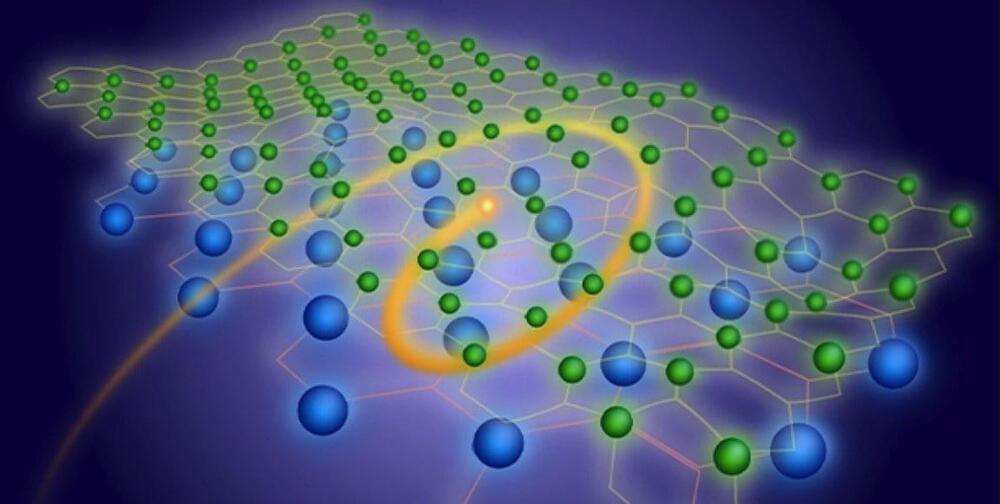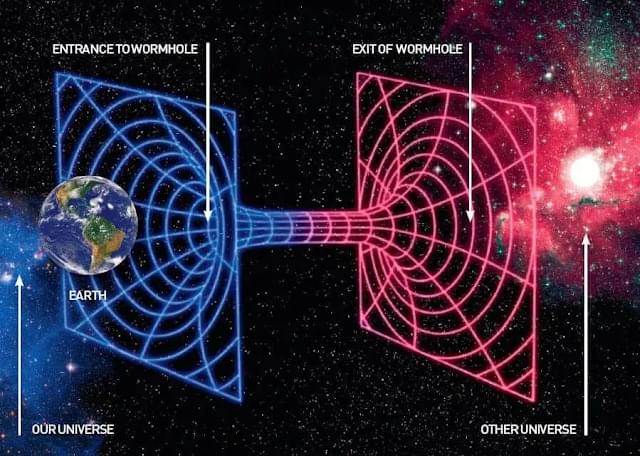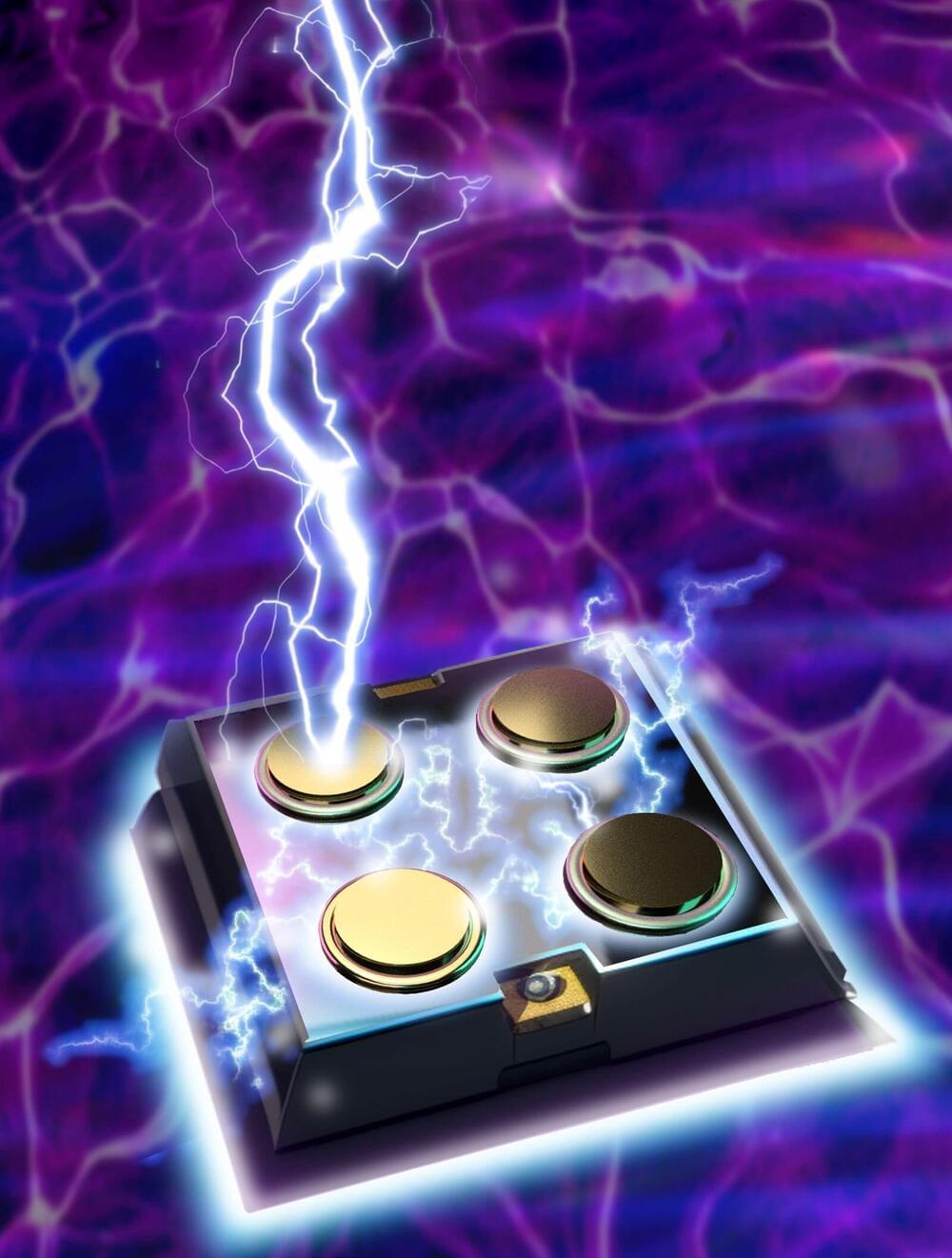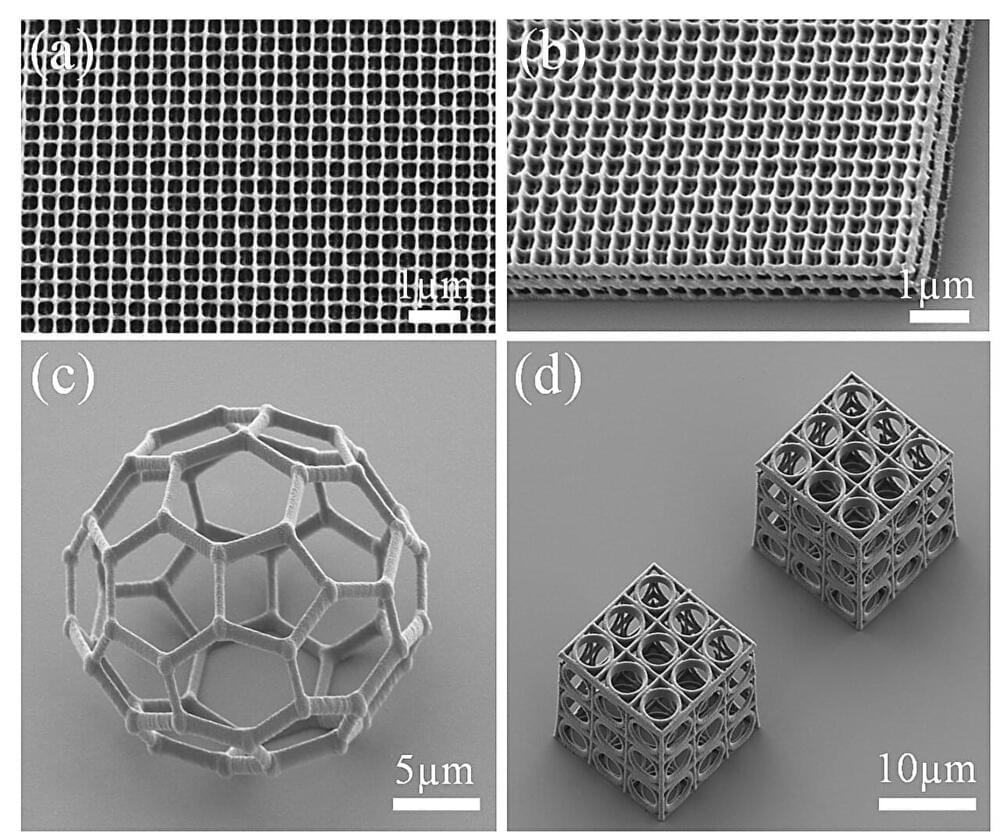Aug 12, 2023
Quantum Echoes: A Revolutionary Method to Store Information as Sound Waves
Posted by Dan Breeden in categories: computing, quantum physics
Quantum computing, just like traditional computing, requires a method to store the information it uses and processes. In the computer you’re using right now, information—whether it be photos of your dog, a reminder about a friend’s birthday, or the words you’re typing into your browser’s address bar—must be stored somewhere. Quantum computing, a relatively new field, is still exploring where and how to store quantum information.
In a paper published recently in the journal Nature Physics
As the name implies, Nature Physics is a peer-reviewed, scientific journal covering physics and is published by Nature Research. It was first published in October 2005 and its monthly coverage includes articles, letters, reviews, research highlights, news and views, commentaries, book reviews, and correspondence.

















